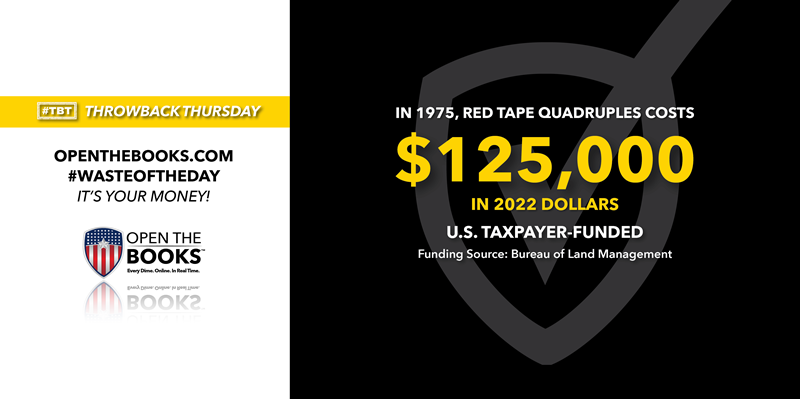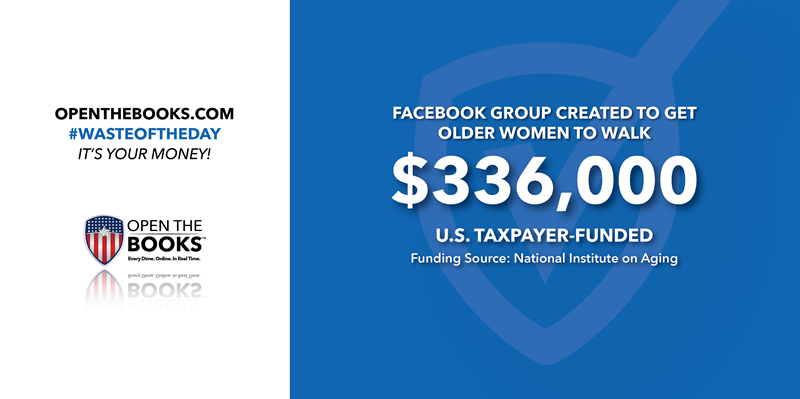
Baltimore Agencies With $1B Budget Have Fiscal Oversight Problems
July 11, 2022

While two of the City of Baltimore’s municipal departments received a collective $1 billion in funding in 2022 they were cited in audits for “fiscal oversight issues.”
Two audits from Baltimore City Comptroller Bill Henry’s office found that almost half of the Department of Public Works’ timesheets were missing and the Department of Finance had unidentified receipts.
While the DPW received $937 million in combined funding from the city budget, grants and capital project funding, the audit found that the DPW “must modernize and update its payroll, internal payment and purchase order practices,” according to a comptroller’s office press release.
DPW couldn’t provide documentation “for selected FY 2020 payroll activities for testing nor demonstrate if payroll was recorded accurately,” the audit found.
Of the sampled payroll records, 47 percent were missing timesheets and 26 percent were missing approval for overtime, compensatory time or leave, the comptroller’s office found on page 20 of the report.
The Department of Finance got almost $40 million in funding in 2022 and the report found problems with its receipts. While the city got funds from various sources, the Bureau of Accounting and Payroll Services didn’t know which account it should be posted to.
These unidentified receipts were an issue because until the revenue is posted, the amount is shown as a city liability, the comptroller’s office reported.
The Department of Audits reviewed 60 unidentified receipts worth $16.5 million — about 46 percent of the $35.9 million in total unidentified receipts found. It found appropriate records for 49 unidentified receipts, with the other 11 (totaling $938,000) remaining unidentified.
With almost $1 billion in taxpayer funds going to these departments, they should at the very least track how that money is being used.
Labor Dept. Says at Least $163B in Unemployment Fraud
July 12, 2022

A top watchdog for the U.S. Labor Department recently estimated there were at least $163 billion in unemployment-related “overpayments” from the federal government during the Covid-19 pandemic, which includes wrongly paid checks as well as “significant” benefits that were stolen.
The newest estimated figure comes as the exact scope of the fraud targeting aid — including unemployment benefits — is still unknown, The Washington Post reported.
So far, the U.S. recaptured over $4 billion of that, according to data from Labor Department in March.
That’s roughly 2.4 percent of the wrongful payments, if the government’s best estimate is accurate. It’s safe to assume this money will never be returned to the government nor to taxpayers.
The Post reported that much of the unemployment funds that were stolen were done so using real Americans’ personal information. States received numerous applications filed in the names of actual workers or people in prison.
In some cases, like in Maryland, fraudulent claims outnumbered real requests for help, The Post reported.
With few checks in place, criminals used botnets to files thousands of applications at once with a single computer click.
They used messaging services like Telegram to “openly [swap] tips for defrauding the government,” The Post said.
The ability to commit massive fraud should never have been, and once it started, adjustments should have been made immediately to how the government awards aid.
More Than $2 Billion Spent on Faulty Plan to Save Salmon
July 13, 2022

The federal government has pumped more than $2 billion into a failing plan to save the salmon industry, according to a report from ProPublica.
“Federal officials have propped up aging hatcheries despite their known failures, pouring more than $2.2 billion over the past 20 years into keeping them going instead of investing in new hatcheries and habitat restorations that could sustain salmon for the long term,” the report found.
The government spends between $250 and $650 for every salmon that returns to the Columbia River from the largest cluster of federally subsidized hatcheries there.
“So few fish survive that the network of hatcheries responsible for 80 percent of all the salmon in the Columbia River is at risk of collapse, unable to keep producing fish at meaningful levels,” the investigation found.
The federal funding came because of a promise from the government to the Northwest’s Indigenous people in the 1850s that the tribes’ access to salmon, and their way of life, would be preserved.
The treaty ensures that their right to fish in their “usual and accustomed places” would continue.
But in the middle of the 20th century, the U.S. built a massive decades-long construction project: 18 dams “that transformed a free-flowing river into a machine of irrigation, shipping and hydroelectric power,” as ProPublica described it.
While the dams meet almost 40 percent of today’s regional electricity needs, they decimated wild salmon, with many species at or near their lowest numbers on record.
“But the government didn’t invest in making hatcheries better equipped to grow more resilient and abundant stocks,” ProPublica reported. “Instead, officials ushered in endangered species restrictions. They knew that hatchery fish were genetically weaker than wild salmon, so they put limits on the number of hatchery fish that could be released into rivers, where they might spawn with wild fish and weaken the gene pool. These restrictions hampered the productivity of the hatcheries, squeezing tribal fishing even more.”
The spending is still occurring, with little to show for it.
Throwback Thursday: In 1975, Paperwork for Fire Equipment Cost About $23,000
July 14, 2022

Throwback Thursday!
In 1975, the Bureau of Land Management required so much paperwork from companies bidding to sell fire equipment to the agency that it drove up the cost of the bid by almost four time just to cover the red tape.
While the equipment should have cost $8,000, it cost about $31,000, a $23,000 difference — almost $125,000 in 2022 dollars.
That’s why Sen. William Proxmire, a Democrat from Wisconsin, gave the Bureau a Golden Fleece Award for wasteful and nonsensical spending in July of that year.
The agency had issued "155 pages of requirements, including 23 fold-out diagrams, for fire equipment to be placed on two pickup trucks."
The request for bids was sent to 41 companies but only two responded and the contract was awarded to the lowest bidder for $15,497 per unit, for a total of $30,994.
“Why such a poor response?” Proxmire asked then. “Because the paperwork accompanying the bid created so great a burden to the small companies in the fire equipment business that few could afford to bother.”
One firm, Fire-X Corporation, said the equipment could have been supplied for $4,000 per unit “without the complicated and massive government requirements detailing the placement of every screw and bolt.”
For that firm to bid, it would have had to charged three-to-five times higher than normal to pay for all the paper pushing, Promxire said.
“The effect of the overwhelming paperwork burden is to squeeze small business out of government work and to inflate the cost of procurement for government agencies,” the senator said.
$366K Spent to Use Facebook to Encourage Older Women to Walk
July 15, 2022

The National Institute on Aging gave researchers at the University of Texas Medical Branch in Galveston $366,386 last year to develop a social media game to encourage older women to walk more and to evaluate whether it works to get that population to exercise more.
The researchers are creating a group on Facebook to motivate women ages 65-85 to play a game there, using photography to engage them in walking activities.
“Older women are in great need of interventions to improve adherence to physical activity recommendations,” the research summary states. “A major barrier to engaging in sustained physical activity is low motivation. We created a game played on a social network that uses photography challenges to target older women's feelings of enjoyment, values, and identity related to physical activity.”
They expect the game will have more success in getting the population to walk for the long-term than other “standard activity monitoring intervention.”
Game participants will receive an activity monitor and access to a private Facebook group, where the research leaders will post weekly challenges. The women will post photos and text related to the challenges, like photos of their favorite place in their neighborhood and what it means to them.
This will go on for one year.
Why does it cost $366,386 to create a free Facebook group to encourage women to post their photos and stories about walking when the social media site is filled with people doing that for free every day?
The #WasteOfTheDay is presented by the forensic auditors at OpenTheBooks.com.